
The connection that exists between kids and dogs flourishes naturally. They get along well since they are interested in the same things. Both enjoy playing, and look forward to exploring new territory. But occasionally, canines develop a fear of young people. They shy away from contact with them, and will even avoid them when given the opportunity. If you have a child in your household, and are thinking about adopting a dog, this problem can lead to serious consequences.
We'll take a look at a canine's fear of children in closer detail below. We'll explain some of the reasons it develops, and offer several tips for ensuring a friendship forms between your pet and your child.
Reasons Dogs Fear Kids
The two most common causes of a canine's distress around children are a lack of previous exposure and poor treatment in the past. Many dogs are raised by their owners without being exposed to young kids. When they observe a child for the first time, the child's behavior may cause the pet distress. For example, a young boy or girl may cry or run around screaming or yelling. The child may poke the animal and pull its tail or ears. A canine that is unaccustomed to this behavior may become fearful when near kids.
Poor treatment in the past is a powerful trigger for a dog's fear of children. It often occurs when a child is not properly taught how to interact with a canine. He or she may have hit or kicked the animal, or stolen its food. The child might have pulled the pet's ears or coat, or roughly handled the animal's paws. Here, the phobia is learned.
If your canine is already fearful of children, the most effective method for addressing the issue involves desensitization training and counterconditioning. The remainder of this discussion will focus on preventing the fear from developing in the first place when introducing your pet to your child.
Laying The Groundwork For A Friendship
If you are bringing a dog home for the first time, take steps to ensure a friendship develops between it and your child. First, always be present to supervise their interaction. Kids are unpredictable, and can behave in ways that trigger an aggressive response from canines. Your presence and attention will prevent this from occurring.
Second, avoid restraining your pet while your child approaches him. Give him a way out. If you force your dog to interact when he wishes to do otherwise, he will form a negative impression of the experience. Allow him to grow comfortable at his own pace.
Third, place a crate in a secluded room to which your dog can retreat. This gives him an area he'll come to regard as a safe haven. If your son or daughter bothers your pet, he can withdraw to his crate until he is ready to interact.
Setting Guidelines For Your Children
Many of the problems that occur between dogs and children surface when kids treat their pets improperly. This is largely a matter of setting rules. For example, let your child know that he or she is prohibited from following your canine when he retreats to his crate. Also, forbid interaction unless you are present to supervise. Tell your child not to approach your dog during meals, surprise him while he sleeps, or steal his toys. And of course, teach the proper way to pet and handle the canine (e.g. no hitting or poking).
If your dog is unable to overcome his fear of children, consider hiring a professional trainer. This person will work closely with your pet, and help you create an at-home training program that desensitizes him to the presence of kids. Such a program will minimize the chances your canine one day bites a child due to his distress.
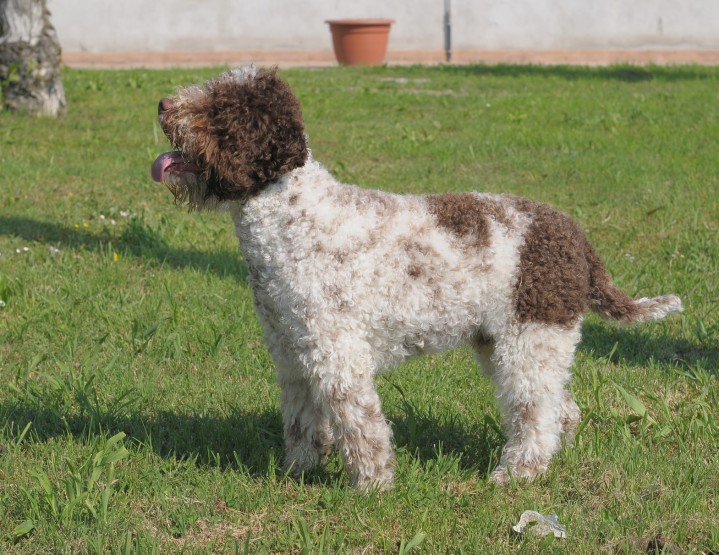 More Information On The Lagotto Romagnolo Dog Breed
More Information
More Information On The Lagotto Romagnolo Dog Breed
More Information
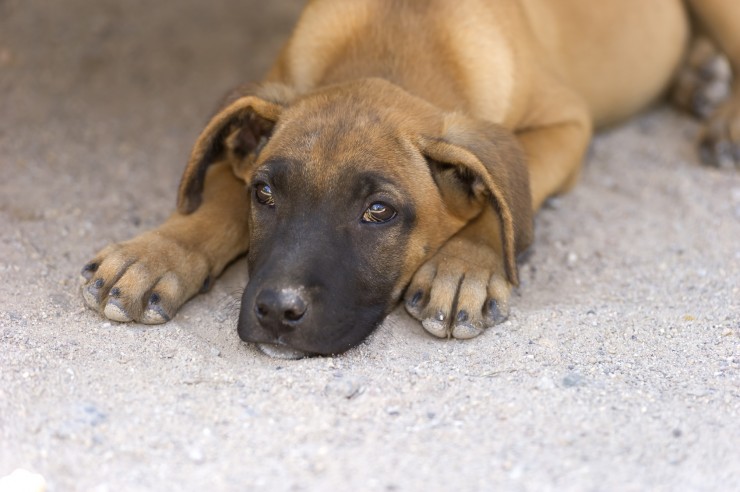 What To Do If You Suspect A Dog Is Being Mistreated
What To Do If You
What To Do If You Suspect A Dog Is Being Mistreated
What To Do If You
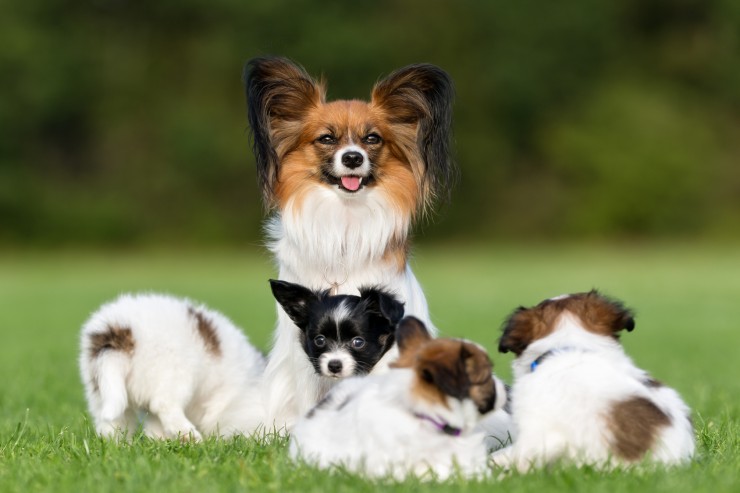 Why You Should Wait Until Your Dog Is At Least Two Before Breeding From Her
Why You Should Wa
Why You Should Wait Until Your Dog Is At Least Two Before Breeding From Her
Why You Should Wa
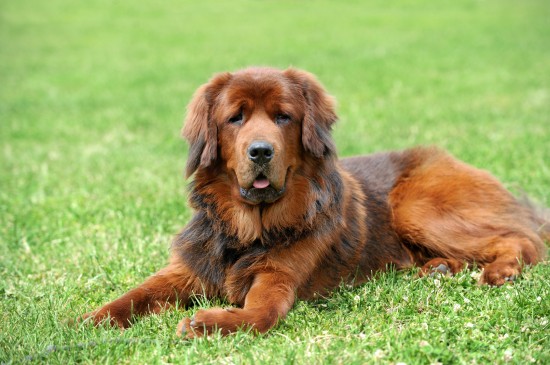 Why Worming Your Dog Is So Important
Why Worming Your
Why Worming Your Dog Is So Important
Why Worming Your
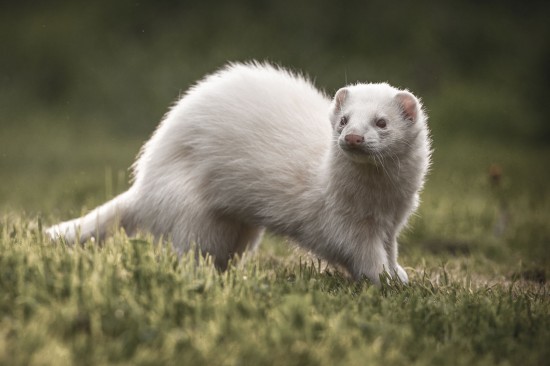 10 Of The Most Interesting And Useful Ferret Facts
10 Of The Most In
10 Of The Most Interesting And Useful Ferret Facts
10 Of The Most In
Copyright © 2005-2016 Pet Information All Rights Reserved
Contact us: www162date@outlook.com